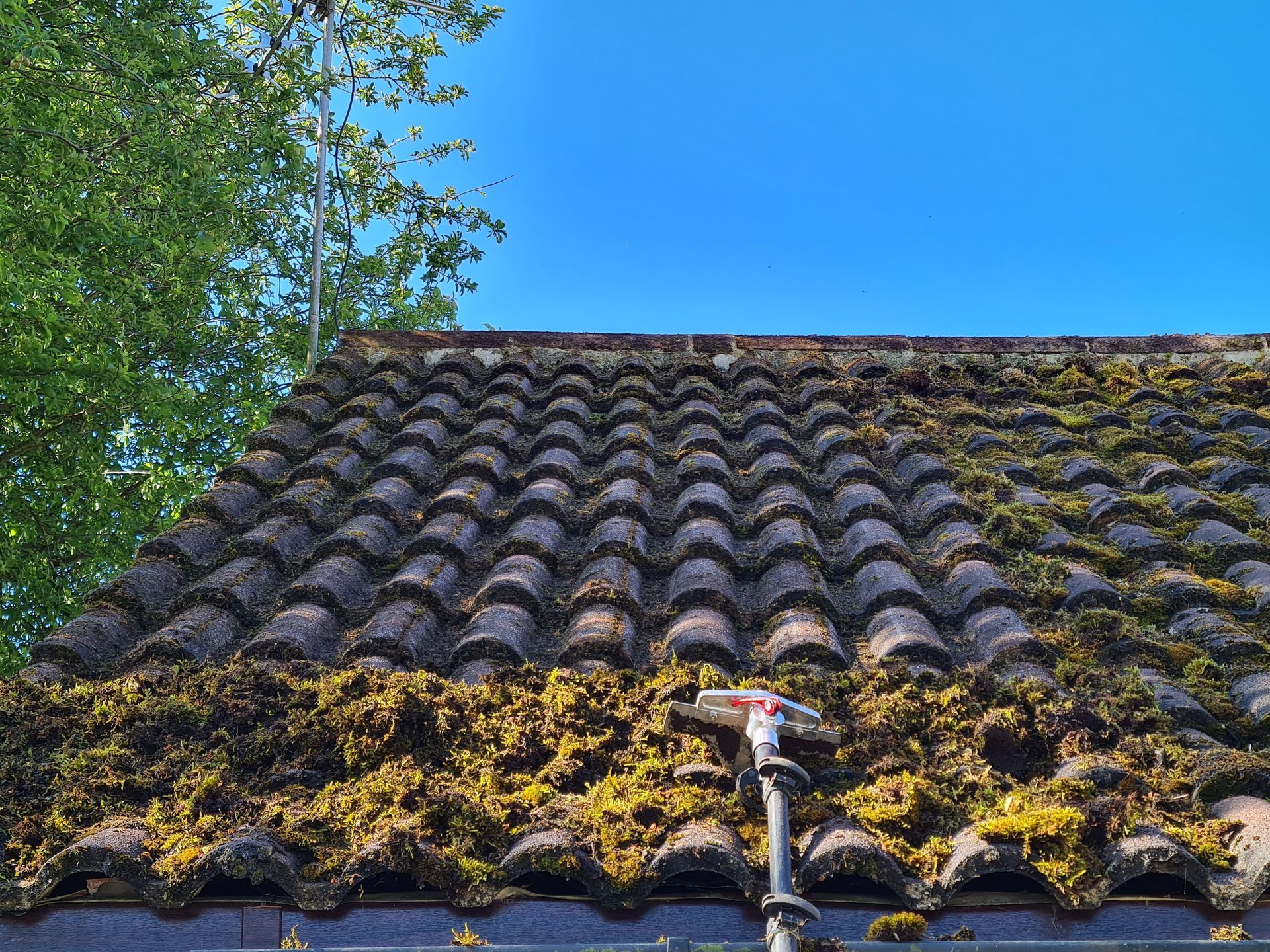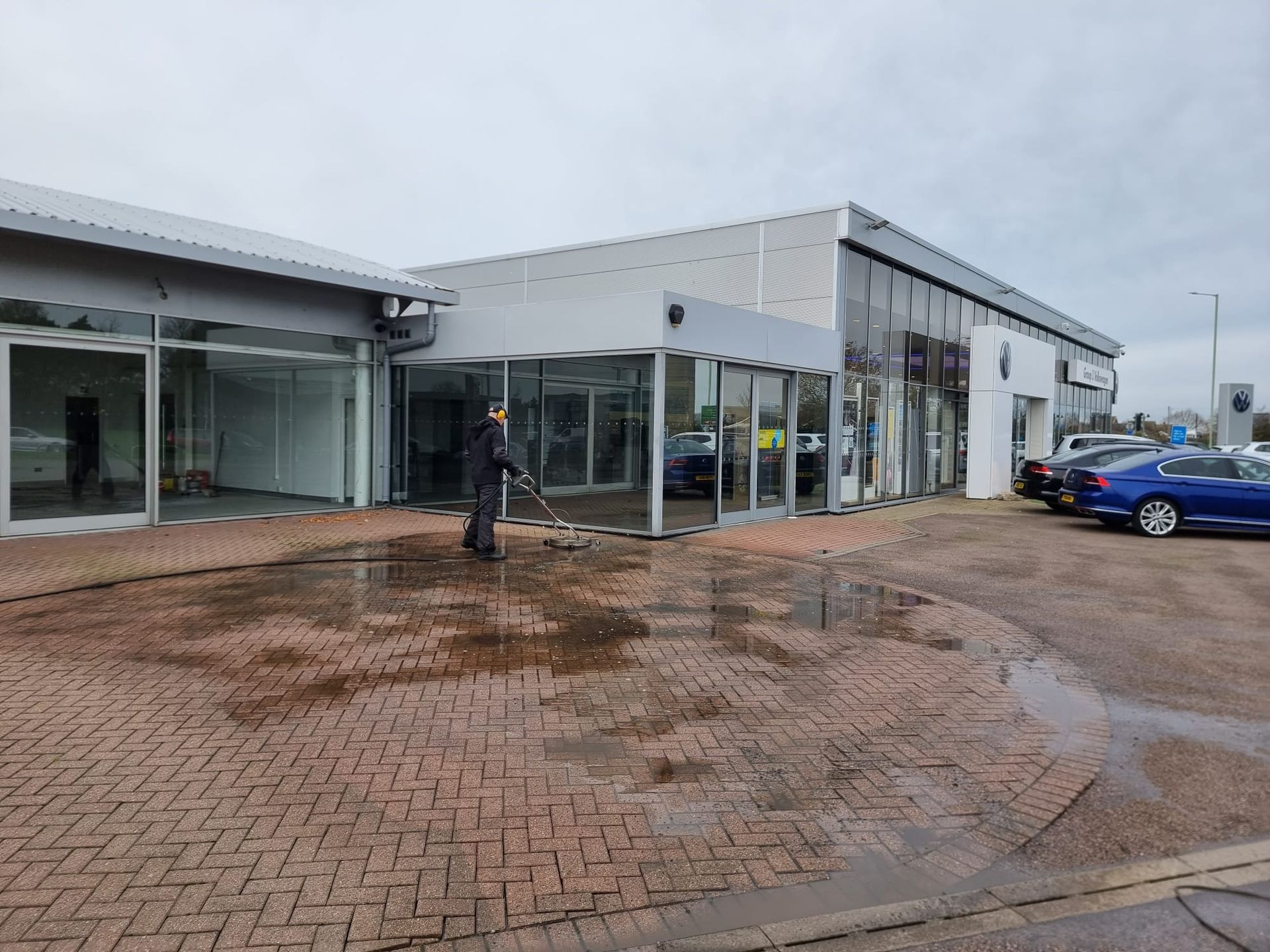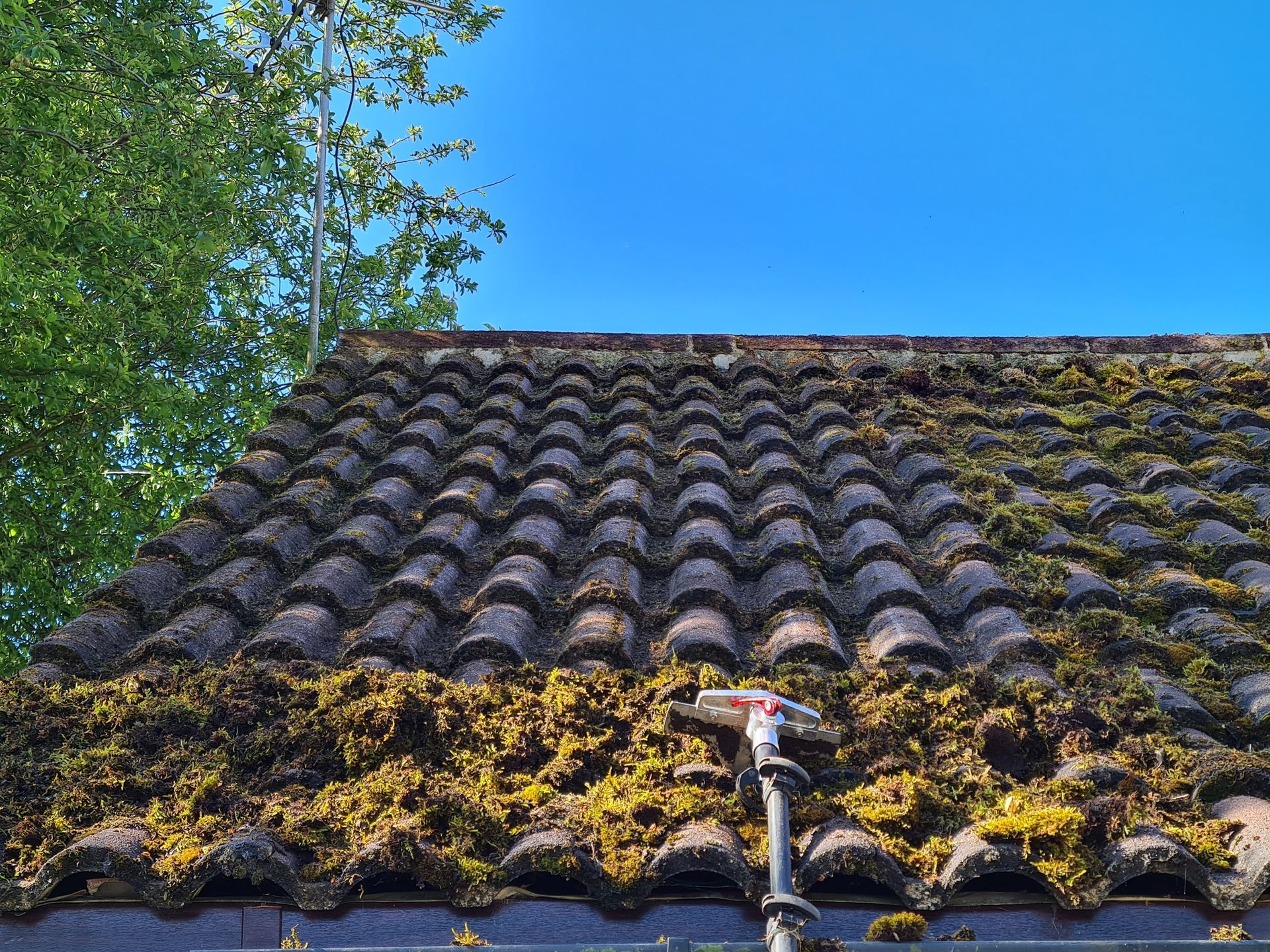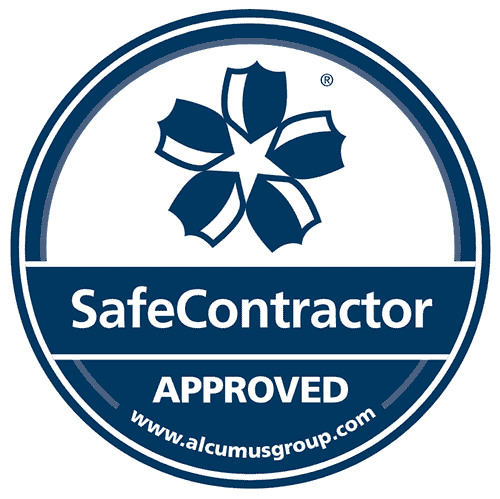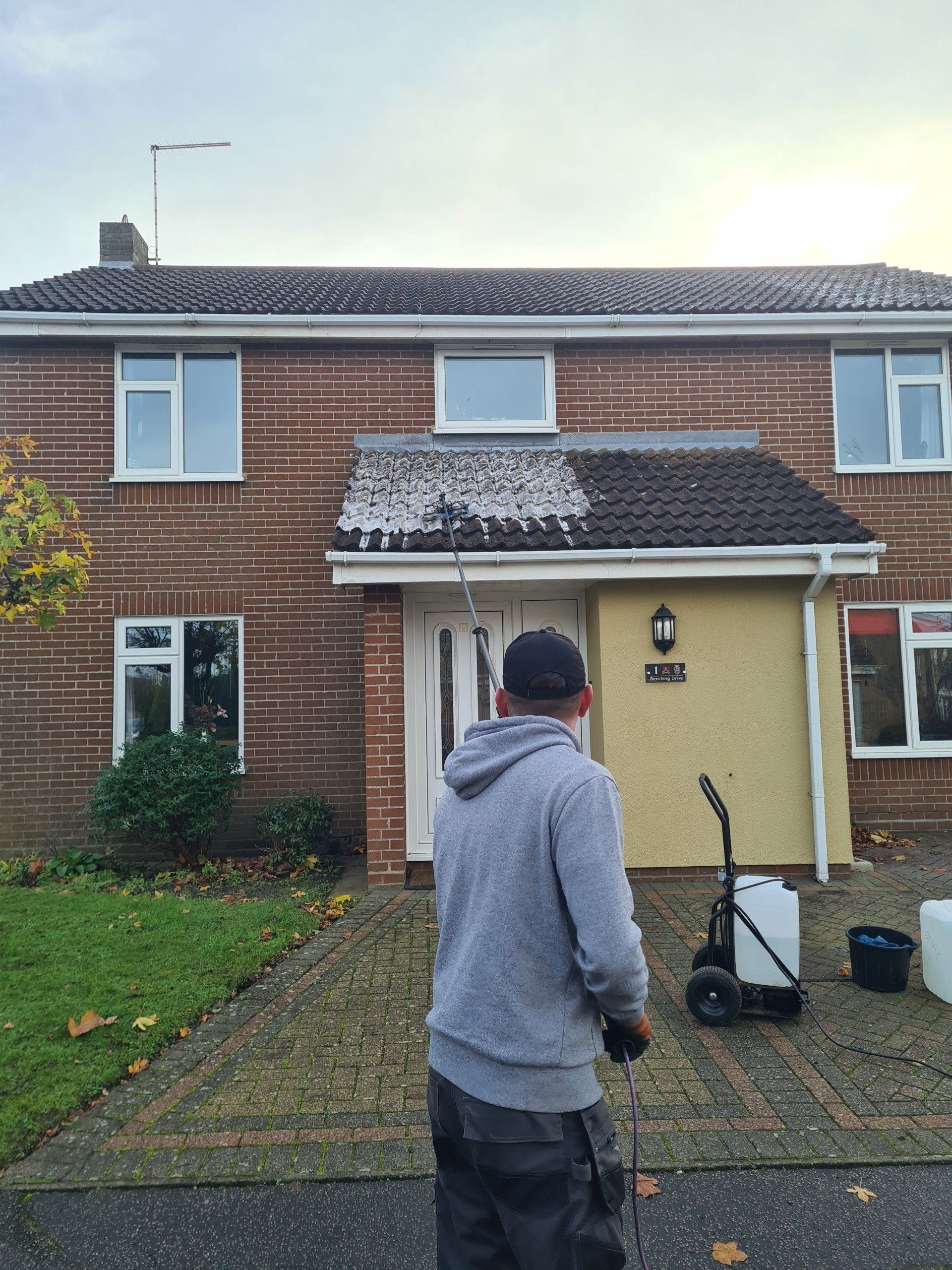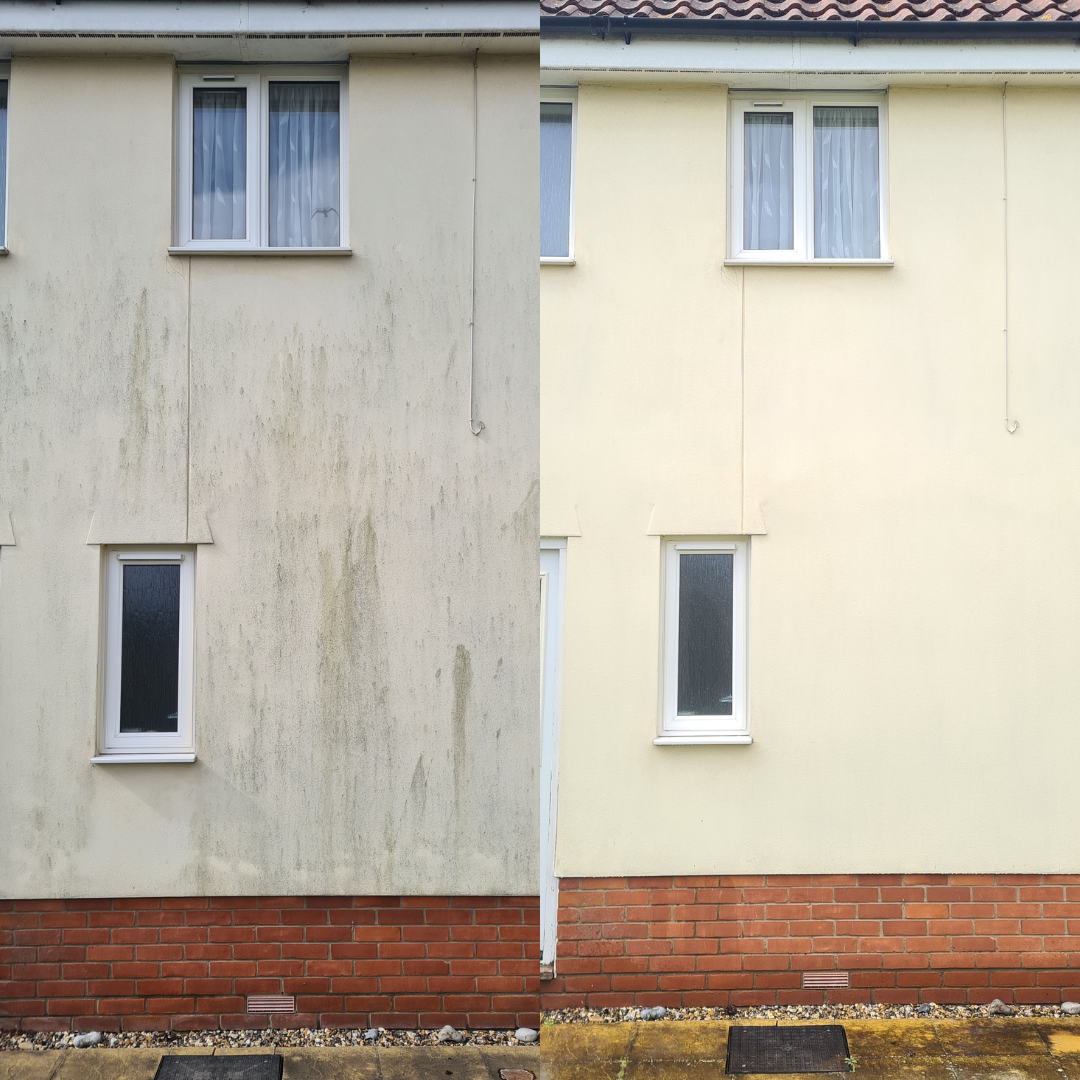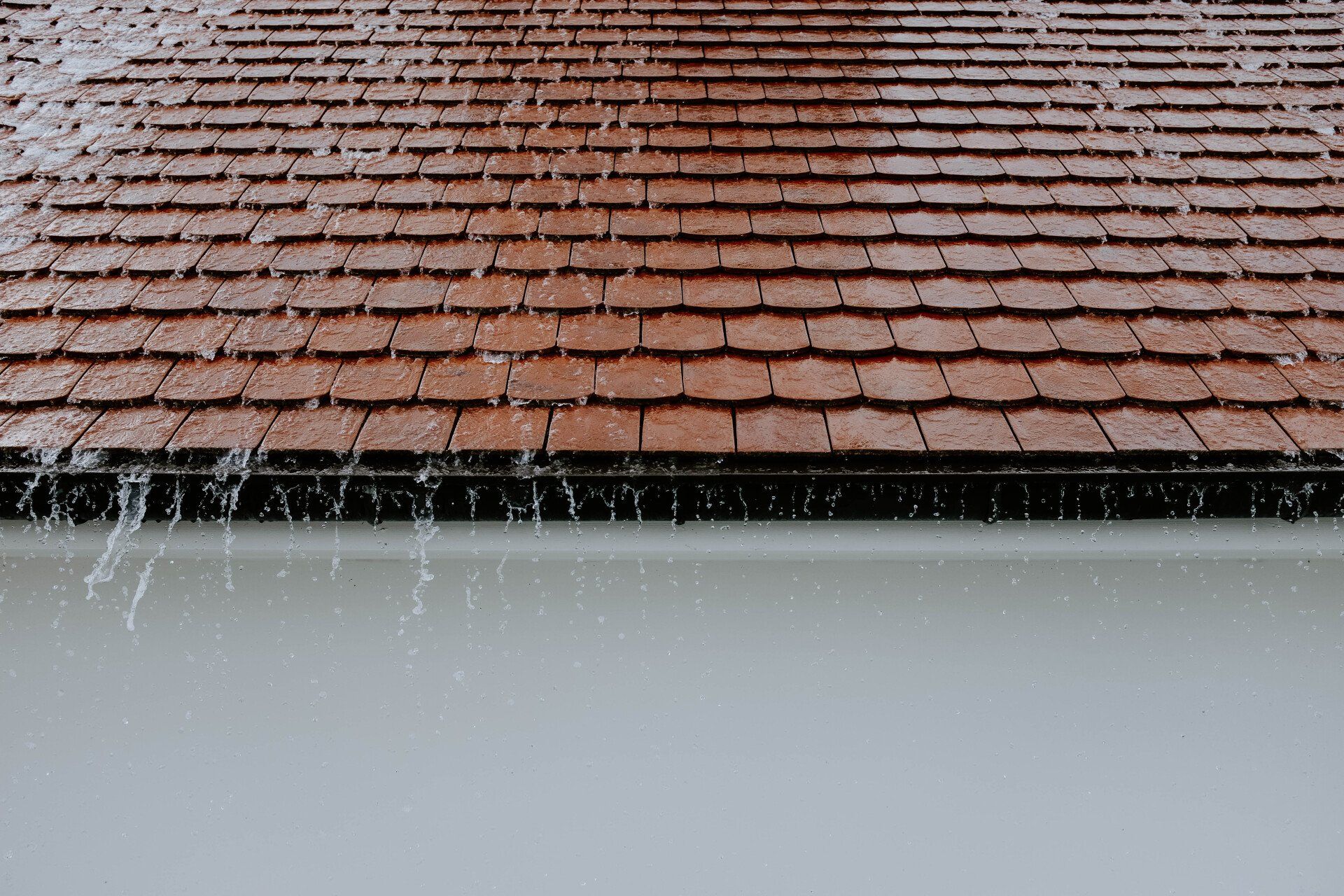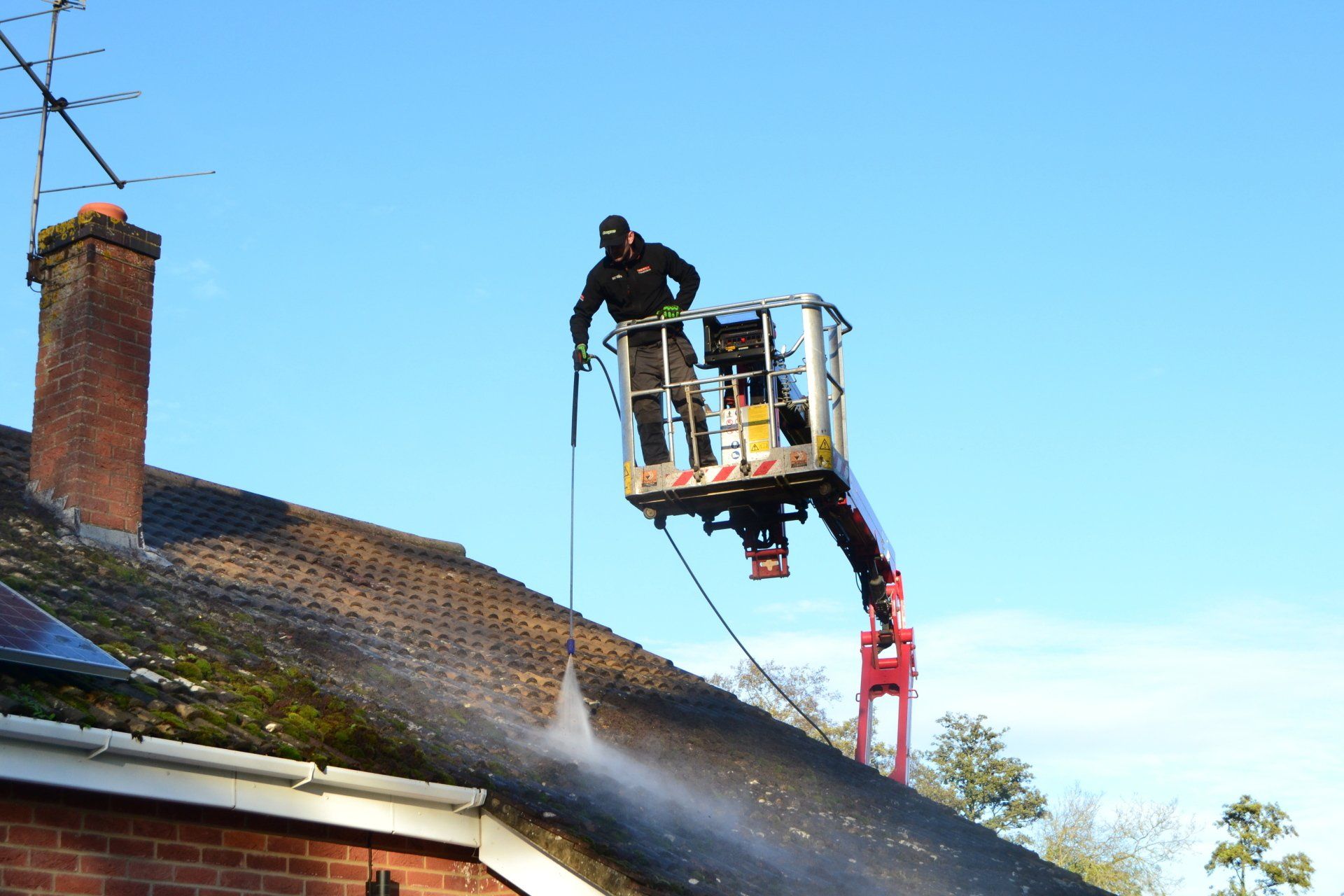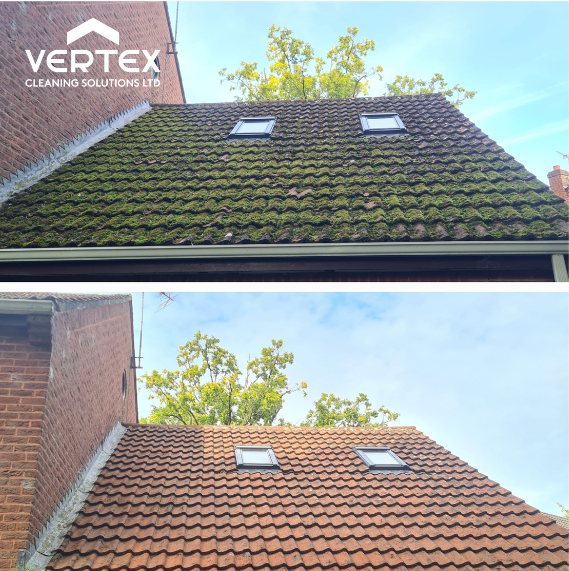How to Safely Clean Your Gutters: A Comprehensive Guide
How to Safely Clean Your Gutters: a Comprehensive Guide
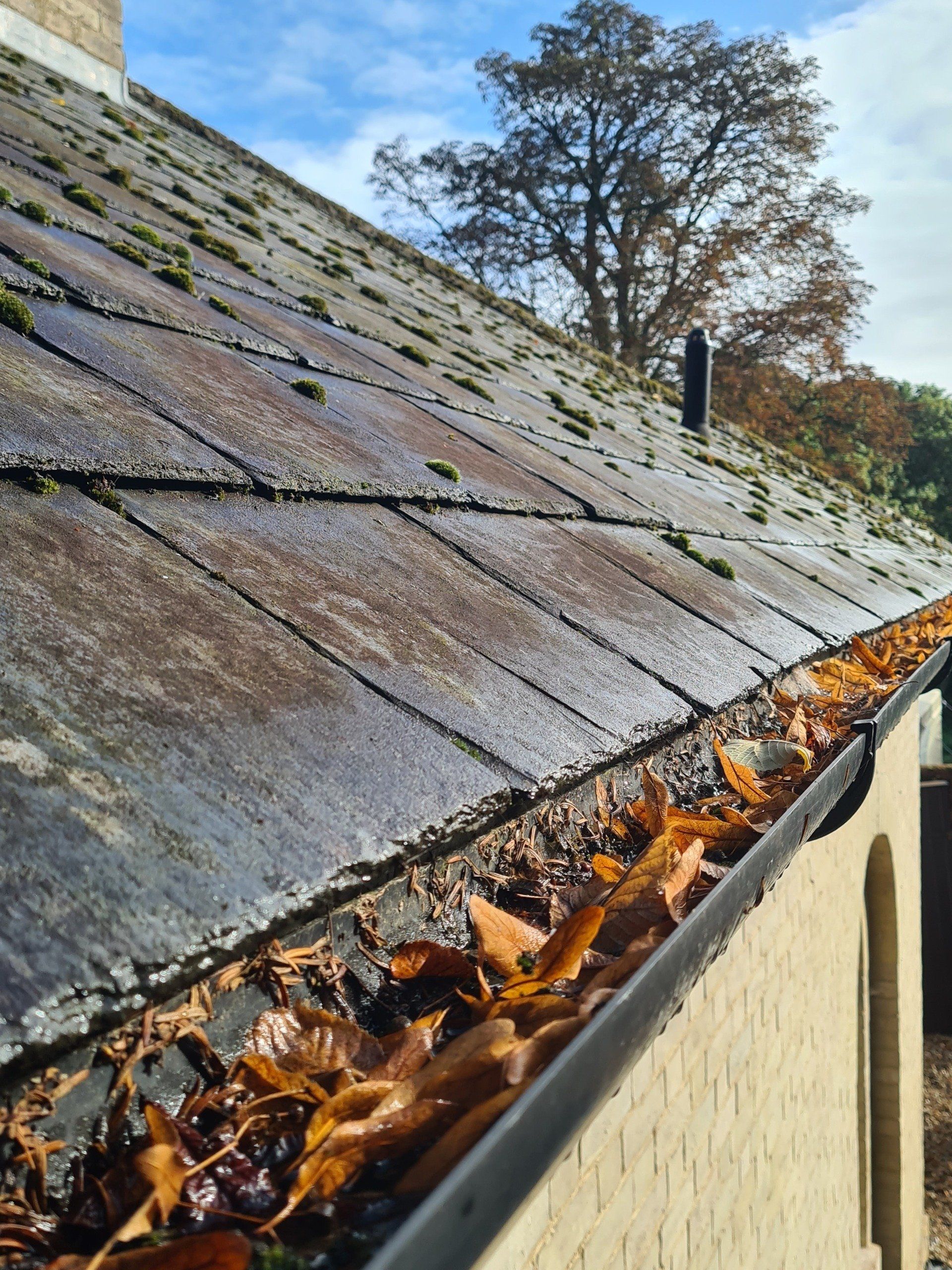
Introduction
What is the best way to safely clean gutters, and what equipment is required? This article will look at the factors you should consider before starting your gutter clean.
Cleaning your gutters can seem daunting, especially if you're afraid of heights or do not have the appropriate access and safety equipment. But it's essential to maintain your home by keeping the gutters clean and debris-free so rainwater can flow away correctly.
If you've looked out the window and seen that your gutters are clogged with leaves, twigs and other debris, you're not alone. If left unaddressed for too long, a blocked gutter can cause water damage to your house. Unfortunately, we can't ignore this if we want to keep our homes dry and safe from dampness and water damage.
Why Your Gutters Should be Cleaned
Overflowing or blocked gutters can cause water to leak into the building, which can cause severe damage. Gutters are meant to carry rainwater away from the building and into drains that lead it safely away. Suppose they become blocked by leaves, soil, ice or other debris. In that case, they will not be able to do their job correctly, and rainwater may be allowed to gather around your building. This can lead to water seeping through walls, damaging internal structures such as plasterwork and woodwork and causing damp problems within your property.
The Damage Caused by Blocked Gutters
Blocked gutters on older buildings in particular, can cause dampness, rot and mould to build up and spread. This can be even more problematic for wooden structures, such as the many converted barns throughout our Norfolk and Suffolk areas. They can also lead to water leaking into the building, causing severe damage. Quite often, our clients are surprised when we explain that the cause of the damp in their homes is caused by water ingress due to blocked and overflowing guttering.
The Causes of Blocked Gutters
A frequent cause of blocked gutters is twigs and leaves that fall from trees and collect in your gutters. The proximity of your property to trees will impact the risk of leaves causing a guttering blockage.
The other main culprit for clogging gutters is moss, often found on roofs and gutters. Moss can hold a lot of water, and it also causes tile damage to roofs and should be removed as part of regular roof cleaning maintenance.
Assess the Risks Before Starting Your Clean
What are the risks of cleaning the gutters yourself? Hundreds of people die from falling from heights every year. Falls from height, damage to guttering, appropriate safety equipment, and safe access methods should all be considered and risk assessed before you start your cleaning project. The UK Working at Height Regulations is also worth considering for guidance if required. Furthermore, consider getting somebody to help you to foot a ladder for safety reasons.
Gutter Cleaning and Safety Equipment
Suppose you are considering undertaking a gutter cleaning project but need the requisite safety equipment. In this case, we recommend you call us as a professional gutter cleaning company.
Using a Gutter Cleaning Vacuum is the Safest Method to Clean Gutters
An appropriate gutter cleaning machine is a vacuum used by professional gutter cleaners to clean guttering from the ground. This prevents the need to climb ladders or hire other access equipment, such as cherry pickers. The gutter vacuums can be hired out; they are costly but are the safest option compared to scaling a ladder to work at height.
Ensure the Ladder is the Right Size to Clean Your Gutters
To ensure you remain safe, you'll have to choose a ladder with a working height long enough to reach your guttering. You could clean the gutters of a single-storey building step ladder. Alternatively, you could use an appropriate extension ladder. As this is an article on safe gutter cleaning, we do not recommend this option for safety reasons. However, people still use ladders, and there is less risk if used safely.
Personal Protective Equipment for Your Gutter Clean
- Safety boots that are non-slip and in good serviceable condition are a must, particularly if you are going to scale a ladder.
- Eye protection glasses prevent debris from getting in your eyes and causing damage.
- A hard hat is recommended to protect you in a fall and from bumping your head; it will also protect you from falling objects.
- Waterproof gloves protect your hands from sharp objects that may have fallen into your gutters.
- Robust clothing, such as coveralls, should be used to protect from cuts and scrapes.
Prepare the Gutter Cleaning Working Area
Before cleaning your gutters, you'll need to prepare the space by clearing any objects from the ground beneath them. You'll also need to set up a ladder or, better still, use a specialised guttering vacuum cleaner, as previously discussed, as the safest method for cleaning gutters.
If you're using extension ladders, you must stand your ladder on the ground that's both firm and flat. Sometimes combination ladders come with a ladder stabilising bar for added security, but sometimes extension ladders won't. The stabiliser will allow you to safely place your ladder on most outdoor surfaces. However, if the surface is slippery or sloping, consider using a ladder as a safe access method.
Inspect the Gutters for Damage and Debris
You should inspect your gutters to check for damage and debris that may require specific tools. If your gutters are damaged, consider using a professional gutter cleaning company. They can do the job and carry out minor repairs as part of the service.
Doing the Gutter Cleaning
Once everything is ready, start at one end of the gutter system and work along gently taking out leaves and other matter with a small trowel or by hand if wearing suitable gloves. Be careful not to damage the gutters as you go, and take care not to lean too far to the left or right when using a ladder. Doing so could make the ladder unstable, a frequent cause of falling from height. Look for plants or organic growth in your gutters, such as moss and lichen.
Flush out the Gutters
After removing unwanted debris and organic growth, you'll need to flush out any remaining dirt or sediment from your gutters. The best way to do this is by attaching a water hose to the spigot at the base of your house and slowly running it along both sides of the gutters. This should help remove any remaining build-up and residue. You could use a pressure washer if you cannot eliminate all the residue and build-up with your water hose. Make sure not to set the pressure too high, as this can cause damage both to your gutters and your home. You want enough force behind the jet of water to dislodge stubborn debris but not so powerful as to risk cracking your gutters or eroding paint/siding from nearby walls. Lastly, check for leaks or cracks in your system afterwards since the pressurised cleaning could worsen these leaks.
Clearing the Downpipes
Cleaning your downpipes from blockages is essential, so that water can adequately channel away from your home into the drainage system as designed. Downpipe clearing can be more complicated than gutter clearing if you have a blockage; again, a pressure washer may be required to force out any material if the water is not free-flowing after using a hose.
Post-cleaning Inspection for Damage
After you've finished cleaning your gutters and downpipes, it's essential to inspect them for any signs of damage or parts that need to be replaced. Check the gutter brackets to ensure they are still attached firmly and securely. Also, look for horizontal cracks in the gutter runs or holes in the downpipes that may need repairing. If any of these items need repair, address them as soon as possible to keep your gutters in serviceable condition.
Conclusion
Clean gutters are a good investment that will pay for themselves over time. They also make your house look good and help prevent building damage. If your gutters are blocked or overflowing, get them cleaned before it's too late. A lack of maintenance could lead to leaks, rot and even mould growing inside the walls and floors of your property.
For more information on doing a gutter clean yourself you may find this blog helpful:
Gutter Cleaning: The Do's and Don'ts
Gutter Cleaning Company Near Me
If you would rather use a professional gutter cleaning company than do this work yourself. Our low-cost professional guttering cleaning services are just what you need. Vertex Cleaning Solutions provides a first-rate gutter cleaning and roof cleaning services with hundreds of satisfied customers in Norwich and Norfolk and Suffolk. We have the knowledge, skills, safe process, and the tools to clean your guttering at competitive prices. Contact Us to book your gutter clean today

